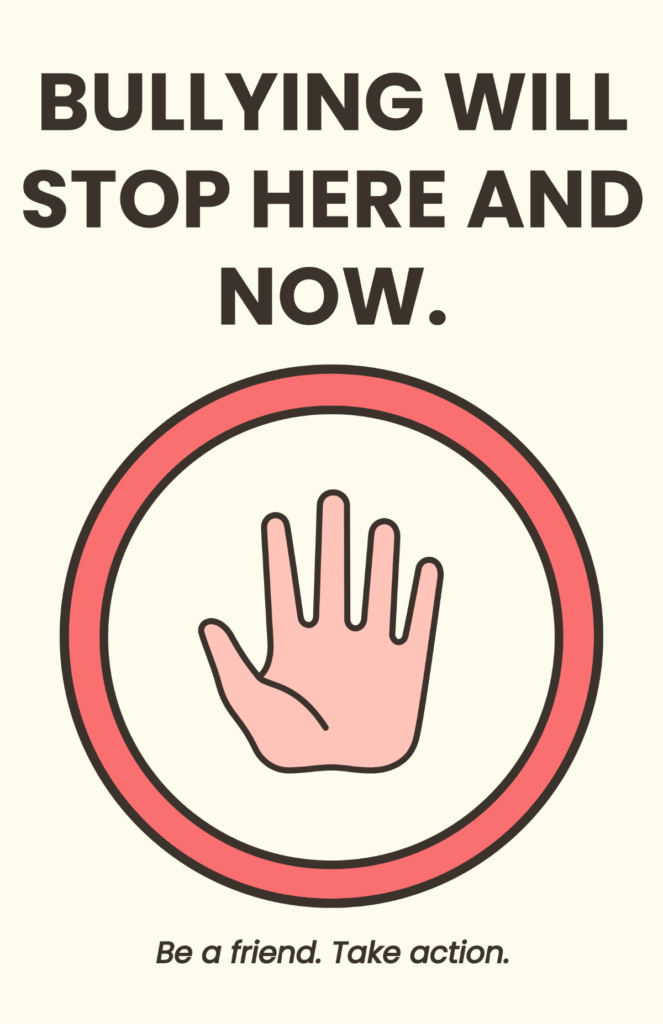Bullying is an enduring issue that affects millions of individuals worldwide, with the lesbian, gay, bisexual and transgender (LGBT+) community often bearing a disproportionate burden of this problem. Discrimination, harassment and bullying directed at LGBTQIA+ individuals remain pervasive in many societies. In response, anti-bullying campaigns within the queer community have emerged as a powerful force for change. These campaigns serve not only to raise awareness but also to foster inclusivity, understanding and empathy. In this article, we explore the impact and significance of anti-bullying campaigns with conversations from people in the queer community.
Bullying within the LGBTQIA+ community can manifest in various forms, including verbal abuse, physical violence, online harassment and exclusion. For many queer individuals, these experiences can lead to emotional distress, mental health issues and even physical harm. The impact of such bullying is often long-lasting, affecting not only the individuals involved but also their families and communities.
Anti-bullying campaigns foster a sense of community within the queer population. They provide a platform for individuals to share their experiences, seek support and connect with others who have faced similar challenges.
Here are some words from people in the queer community in Malawi about anti-bullying campaigns and what it means to face such challenges and how we can overcome them:
Donald, a 31yr old queer man, says it is good to use digital resources and social media platforms such as Facebook, TikTok and Instagram to address issues of bullying in the LGBTQIA+ community as this is where cyber bullying mostly takes place.
He adds to say, “there’s one factor that’s been overlooked over the years which is engagement of parents, caregivers and guardians. These are the people to target first before anyone else so that we can ensure that the LGBTQIA+ youth are living in an inclusive and welcoming environment first at home and this is why they are primal for campaign.”
Donald adds that prominent role models, allies and LGBTQIA+ people can also play a big part in opening conversations on public platforms where we can converse with them about the issues that are being faced by the queer community.
Martha, a 28yr old queer woman, says that, “we can use platforms such as WhatsApp groups to create safe spaces for the LGBTQIA+ community which is private. The strategies that we can use to engage and educate the general population are things such as free clinics or workshops to communities that are underfunded and also humanizing the local queer people by including them in platforms of debates and other public conversations which are consumed by the people of Malawi.”
Martha continues to say that we should include the intersections of race, religion, disabilities and LGBTQIA+ people and meet with community leaders or church leaders or teachers to participate in the conversation about bullying in youth circles. For example, some churches have accepted that being part of the queer community is not a crime but just people of different sexual orientation and gender identity.
Anti-bullying campaigns within the queer community are instrumental in combating discrimination and harassment. By raising awareness, fostering anti-bullying campaigns in the queer community, empowering individuals, advocating for legal protections and emphasizing positive visibility, these campaigns will create a more inclusive and accepting society. These serve as a testament to the resilience and determination of the LGBTQIA+ community and its allies in the face of adversity. It is through these campaigns that we can hope for a future where every individual, regardless of their sexual orientation or gender identity, can live free from fear of bullying and discrimination.
-SC

